Grouse are a group of moderately small birds in the pheasant family. They are genetically related to pheasants, chickens, turkeys, peacocks, and quail. Scientists recognize 19 different species of these birds, and group them into 8 different genuses.
Researchers consider ptarmigans, prairie chickens, and capercaillies as part of this family. Read on to learn about the grouse.
Description of the Grouse
These birds are quite similar in shape to chickens, but they often have unique decorative feathering, or lack thereof. For example, the male sage grouse has a collar of fluffy white feathers on its chest.
Additionally, male prairie chickens have a large bald patch on either side of their necks, which they use for breeding displays. At their absolute largest, these birds occasionally surpass 10 pounds. However, 5 pounds is a more realistic average size.
Interesting Facts About the Grouse
There are many different species of this bird, and virtually every genus has its own strange characteristics. To best illustrate this, we will highlight a few individual species and their oddest traits below.
- Western Capercaillie – Picture a male turkey, with his impressive fan of tail feathers. Now, scale him down to the size of a chicken, and you have a male capercaillie. While they aren’t exact replicas of turkeys, and they lack the characteristic waddle of a turkey, their similarities are uncanny.
- Greater Prairie Chicken – The next example in our list of oddities is the prairie chicken. Male prairie chickens are at their most impressive when they are stomping out their mating display. They inflate their bright orange bald throat patches and give impressive booming sounds to woo a potential mate.
- Sage Grouse – If prairie chickens use bald patches to impress, sage grouses do the exact opposite. Males are the picture of luxury, with a beautiful ruff of soft white feathers, which look impressively like a luxurious feather boa.
- Dusky Grouse – Like all of the aforementioned species, male dusky grouses are the more impressive sex in terms of color and plumage (feathers). They are similar prairie chickens, as they use colorful neck bald spots to display. These birds also have bright orange “eyebrow” feathers to add to the ensemble.
Habitat of the Grouse
Different species of these birds live in several primary habitat types. Some species live mostly in forest habitats, others live in grasslands or prairies, and others live in Arctic tundra.
Generally speaking, species in the same genus usually share a specific habitat preference. For example, the sage grouse and the Gunnison grouse, both in the Centrocercus genus, prefer living in sagebrush prairies.
Distribution of the Grouse
These birds live in a number of different regions, and each species has a different range. Some of the different areas that they live in include Europe, North America, Russia, China, and more.
They live across much of the Northern Hemisphere. Some species have extremely wide distributions, and inhabit large expanses of the Northern Hemisphere. Other species live only in a small, localized region.
Diet of the Grouse
As a whole, these birds are primarily herbivorous, and eat plants and plant matter. While they are young, they eat more insects to meet their protein intake while growing. As adults, the vast majority of their diet consists of plants.
Chicks feed on spiders, beetles, worms, and other invertebrates. Adults eats seeds, buds, flowers, leaves, and other plant parts. Their diet varies based on the region and habitat that they live in.
Grouse and Human Interaction
Humans hunt these birds on a global scale, across multiple countries and regions. We hunt different grouse species for sport, meat, and feathers. In addition to hunting, humans indirectly impact these birds via habitat destruction.
Some species have healthy populations, and this doesn’t impact them, but other species are not quite so lucky. The IUCN lists the Gunnison grouse as Endangered, the greater prairie chicken as Vulnerable, and the lesser prairie chicken as Vulnerable.
Domestication
Humans have not domesticated any species of grouse.
Does the Grouse Make a Good Pet
No, grouse do not make good pets. They are wild birds, and tend to be quite fearful and flighty. In some places, it is illegal to own one as a pet, and it is illegal to own some specific species as well.
Grouse Care
Grouse enclosures need to have plenty of ground cover, and some space to fly when frightened. They are terrestrial birds, which means they spend most of their time on the ground. Because of this, they need lots of tall grasses and shrubbery to hide in.
They also need a variety of plants to feed on, and additional pelleted feed to supplement their diet. Some species of grouse are social, and live in flocks, so their grouping varies based on the species at hand.
Behavior of the Grouse
Grouse behavior varies by species, though some groups have similar social behavior. Usually, those species that live in forested areas are less social, and tend to flock only during the breeding season. Those species that inhabit tundras and prairies spend most of the year in large flocks, and are much more social.
All of the different groups and species spend most of their time foraging on the ground, and retreat to bushes and tall grass to hide. They can, however, fly if necessary to escape a predator.
Reproduction of the Grouse
Most grouse species breed with multiple partners. Females choose a likely male, breed, and go off to build their nest and care for their young. In many species the males perform courtship dances and calls to attract the attention of females.
The female nests on the ground, and sometimes lays up to a dozen eggs. Depending on the species, incubation lasts between three weeks and a month. The chicks stay with their parents until the end of the breeding season in fall.

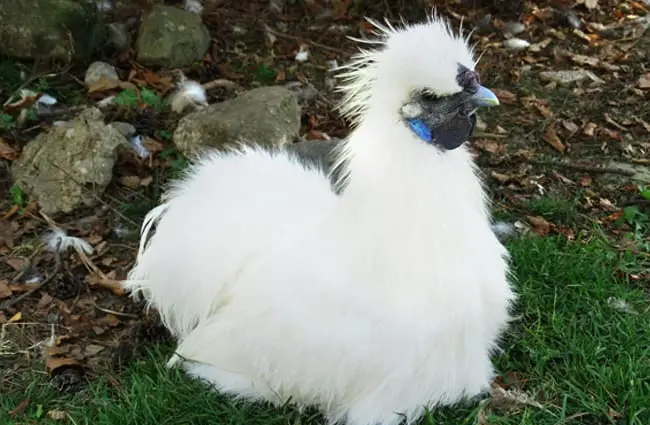
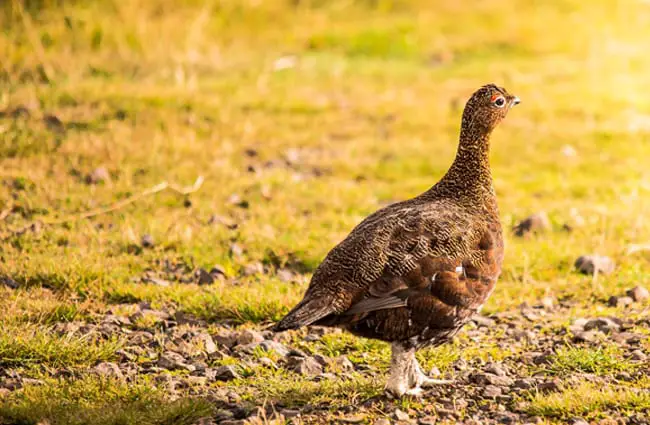

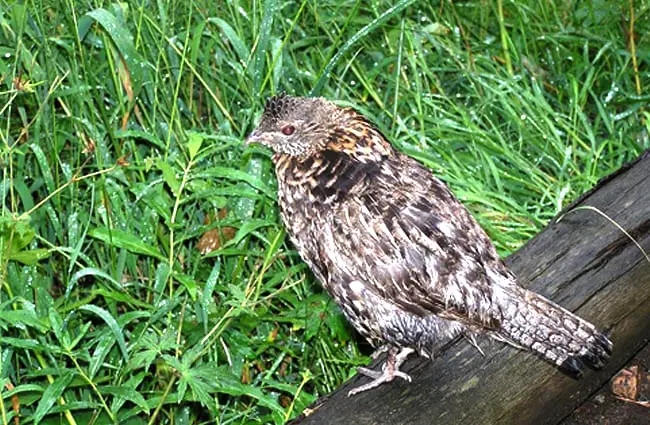
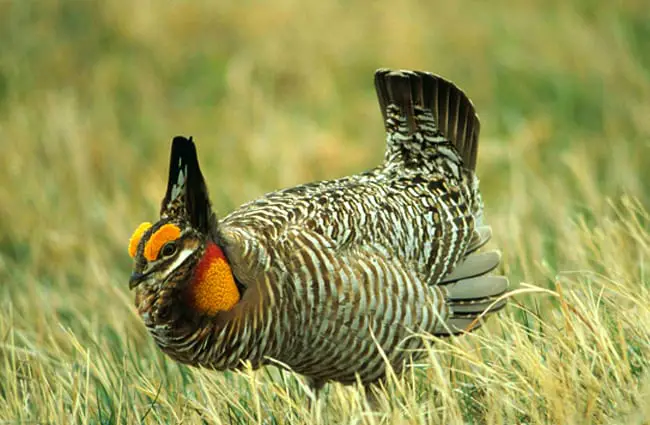
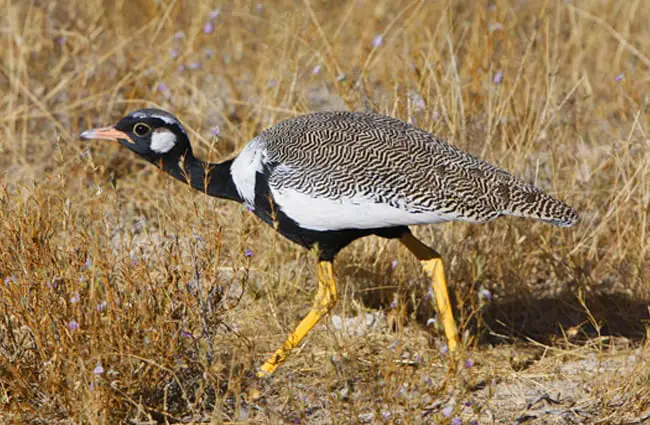
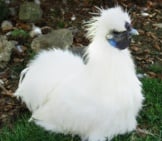
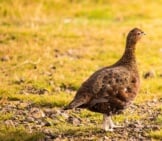
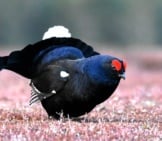
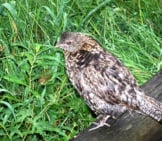
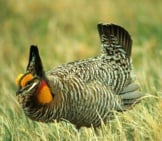

![Red Angus Closeup of a beautiful Red Angus cowPhoto by: U.S. Department of Agriculture [pubic domain]https://creativecommons.org/licenses/by/2.0/](https://animals.net/wp-content/uploads/2020/03/Red-Angus-4-238x178.jpg)












![Red Angus Closeup of a beautiful Red Angus cowPhoto by: U.S. Department of Agriculture [pubic domain]https://creativecommons.org/licenses/by/2.0/](https://animals.net/wp-content/uploads/2020/03/Red-Angus-4-100x75.jpg)

